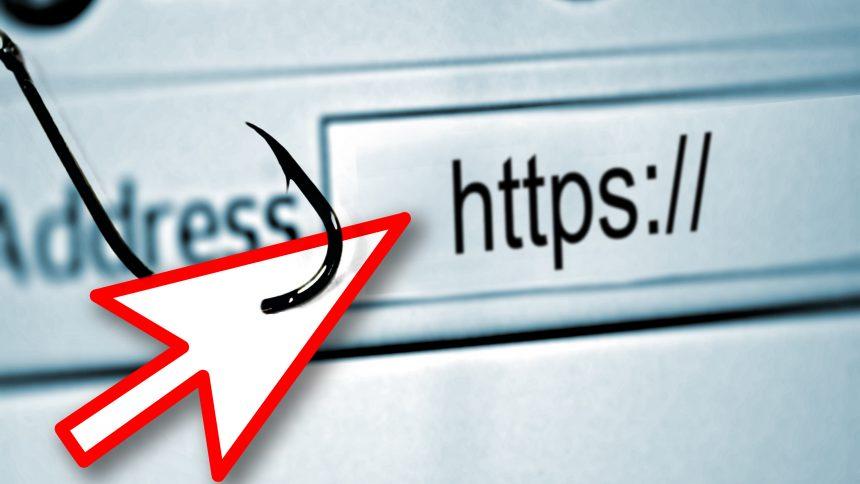Browser hijackers continue to be a persistent menace, capable of disrupting users’ online experiences and compromising their privacy. One such threat that has been causing concern among users is the Hotsearch browser hijacker. This insidious piece of malware not only interferes with your browsing activities but also poses significant risks to your digital security.
Details and Consequences of the Hotsearch Threat
Hotsearch operates by infiltrating users’ systems often unnoticed, typically bundled with freeware or shareware downloads, or through deceptive advertisements. Once installed, it takes over web browsers, altering their settings to redirect searches through a malicious search engine. This can lead to unwanted pop-up ads, browser redirects, and even the collection of sensitive browsing data without consent.
The consequences of Hotsearch infection are multifaceted. Firstly, it disrupts the user experience by bombarding them with intrusive advertisements, slowing down browser performance, and redirecting search queries to potentially harmful websites. Moreover, it compromises user privacy by tracking and collecting browsing habits, which can later be exploited for targeted advertising or even identity theft.
Detection Names and Similar Threats
Hotsearch browser hijacker may be detected by various antivirus and antimalware programs under different names, including but not limited to:
- Trojan:Win32/Hotsearch
- Adware.Hotsearch
- PUA:Win32/Hotsearch
Similar threats to Hotsearch include other browser hijackers like SearchMine, SafeFinder, and Search Marquis, all of which operate on similar principles of unauthorized browser modification and data tracking.
Hotsearch Removal Guide
Follow these steps to effectively remove Hotsearch browser hijacker from your system:
- Uninstall Suspicious Programs: Go to the Control Panel (Windows) or Applications folder (Mac), and uninstall any recently installed programs that you don’t recognize or trust.
- Reset Web Browsers: Reset affected web browsers to their default settings to remove any unwanted extensions, settings, or toolbars. Instructions for resetting popular browsers like Google Chrome, Mozilla Firefox, and Microsoft Edge can be found on their respective support pages.
- Check Browser Extensions: Manually review and remove any suspicious browser extensions or add-ons that might be associated with Hotsearch.
- Scan Your System: Perform a thorough scan of your system using reputable antivirus or antimalware software to detect and remove any remaining traces of Hotsearch or other malware.
- Clear Browser Data: After removing the hijacker, clear your browser’s cache, cookies, and browsing history to ensure complete eradication of any tracking mechanisms left behind.
- Change Passwords: As an additional security measure, consider changing passwords for your online accounts, especially if you suspect that sensitive information may have been compromised.
Prevention Best Practices
To minimize the risk of browser hijacker infections in the future, consider implementing the following preventive measures:
- Be Selective with Downloads: Only download software from reputable sources, and carefully read installation prompts to avoid inadvertently installing bundled software.
- Keep Software Updated: Regularly update your operating system, web browsers, and security software to patch vulnerabilities and protect against emerging threats.
- Exercise Caution Online: Be wary of clicking on suspicious links, ads, or pop-ups, especially those offering free software or claiming to provide system updates.
- Use Ad Blocking and Security Extensions: Consider using ad-blocking and security extensions for your web browser to block malicious ads and prevent unauthorized changes to browser settings.
- Stay Informed: Stay informed about the latest cybersecurity threats and techniques used by cybercriminals to avoid falling victim to their schemes.
By following these practices, you can significantly reduce the risk of encountering browser hijackers like Hotsearch and safeguard your digital security.





